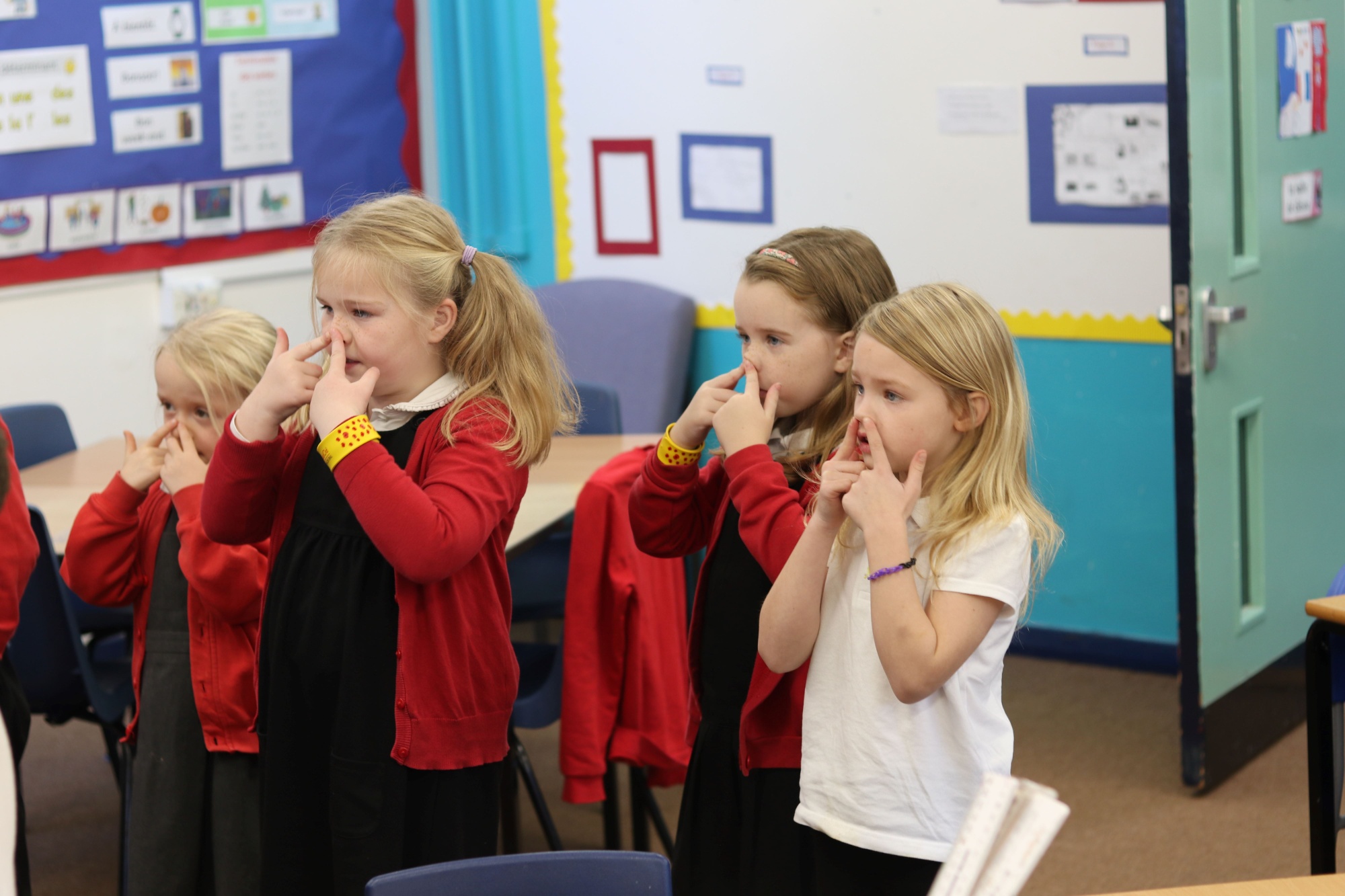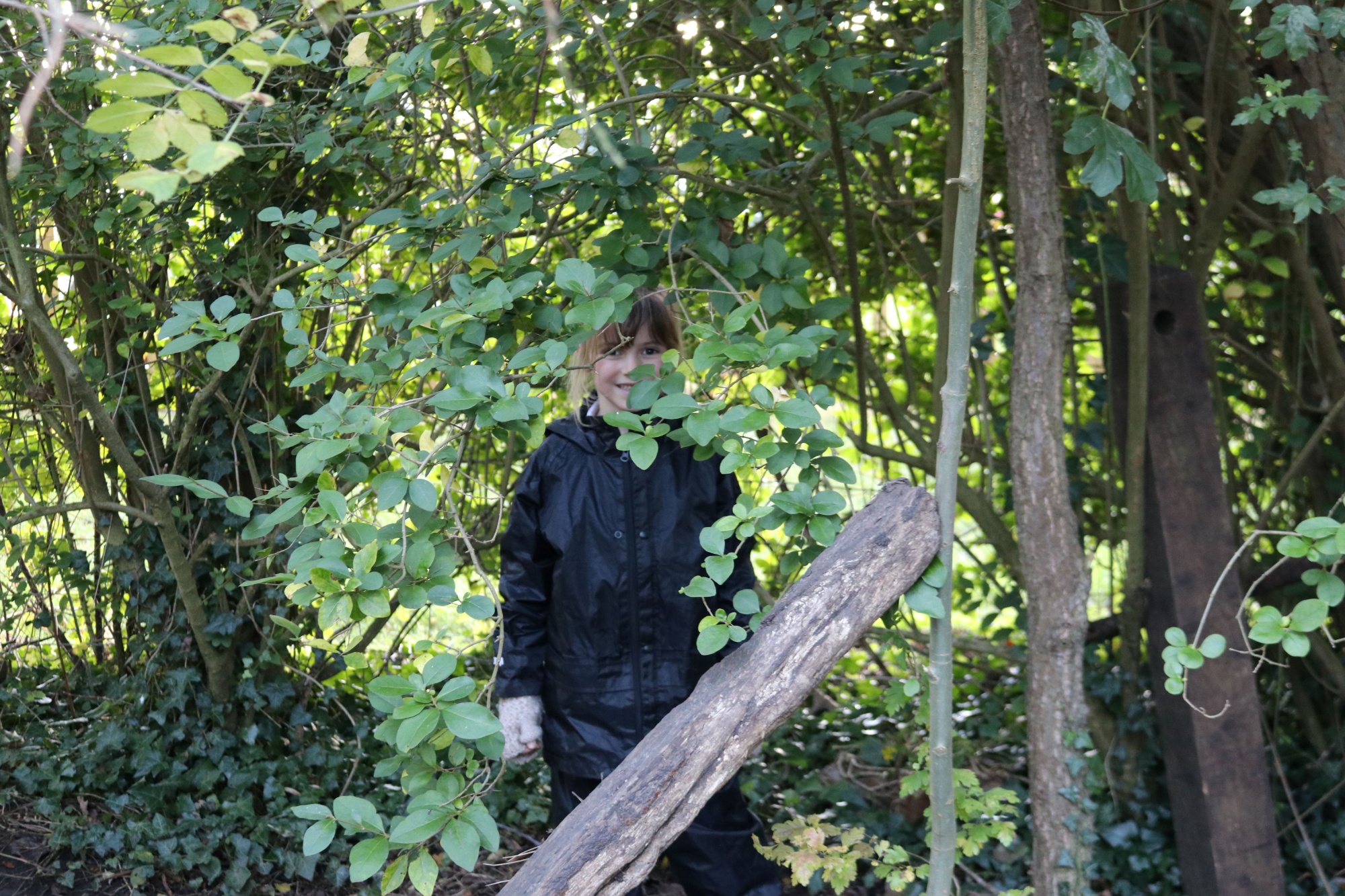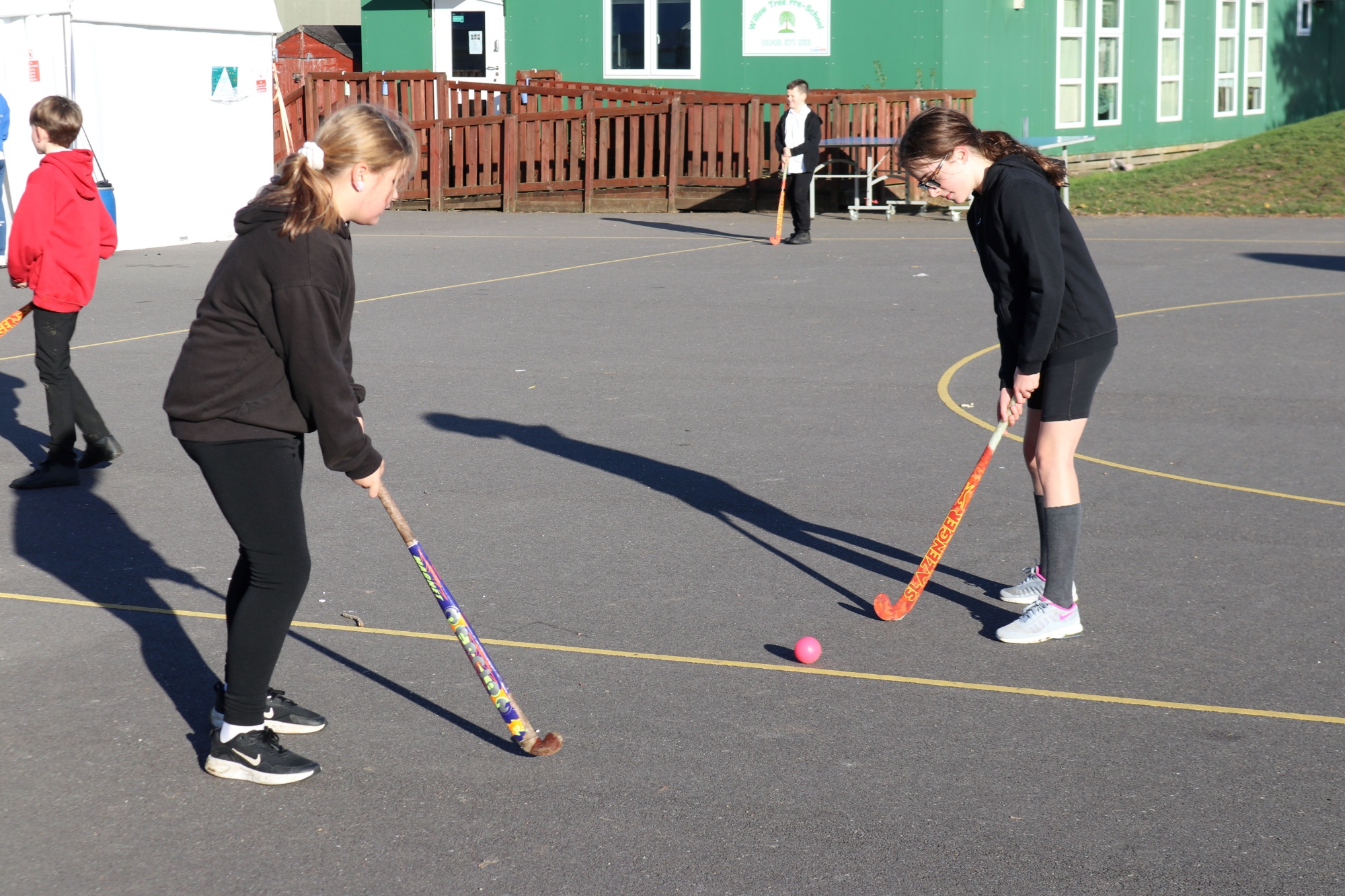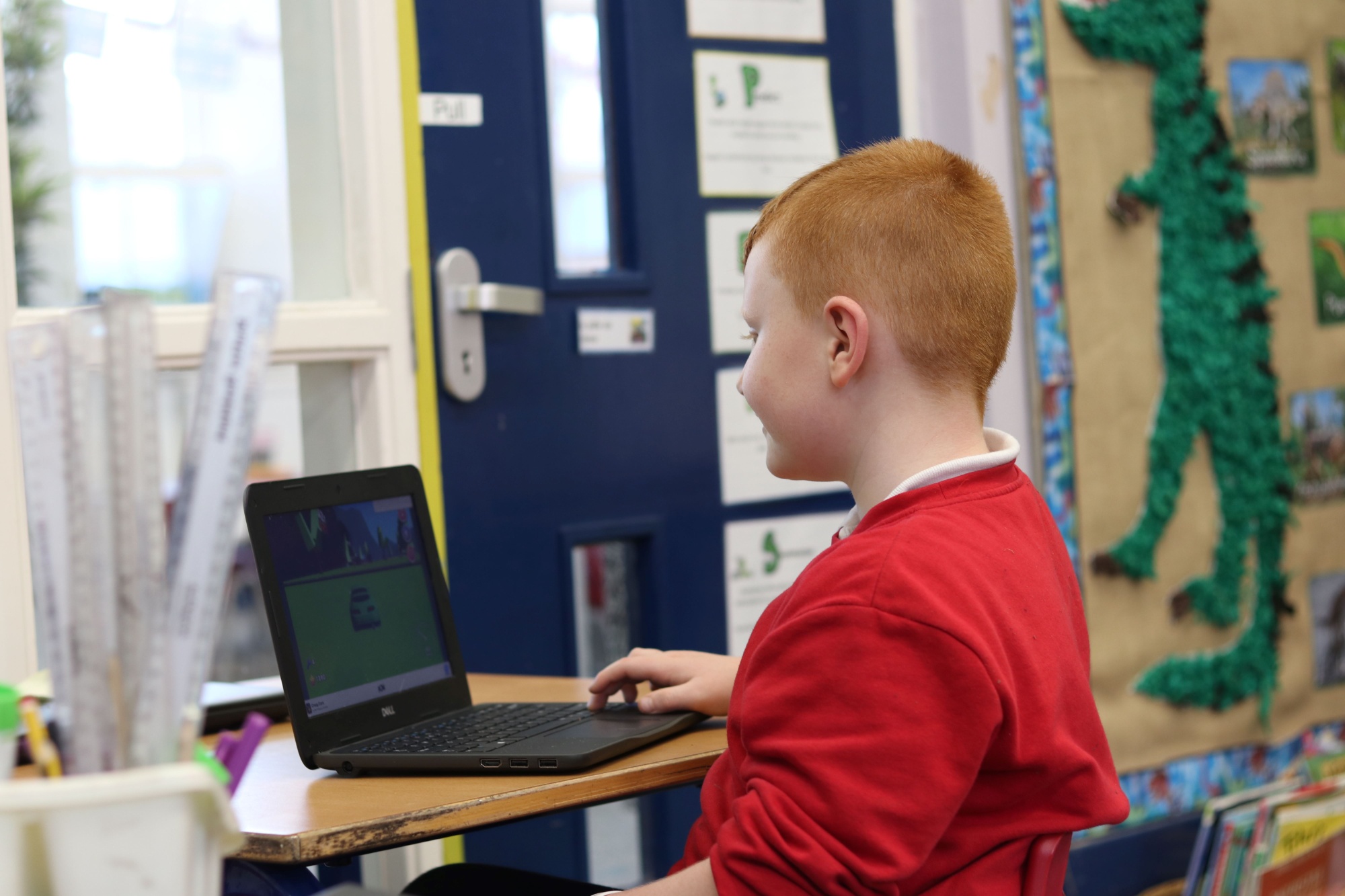Maths
Deanshanger Primary School Maths Curriculum Rationale
Intent
At Deanshanger Primary School we recognise the importance of mathematics throughout each child’s everyday and future life. It enables children to understand relationships and patterns in both number and space in the world around them. It is essential to everyday life, critical to science, technology and engineering and necessary for financial literacy and most forms of employment. We intend to give each child the self-confidence and resilience to reach their full potential by ensuring that they have the tools to calculate fluently, reason logically, problem solve and think in abstract ways.
What are we trying to achieve?
- Children become confident, competent and independent mathematicians
- Build a deep conceptual understanding of maths and its interrelated content so that children can apply their learning in different situations
- Develop children’s ability to articulate, discuss and explain their thinking using appropriate mathematical vocabulary
- ‘Mistake friendly’ classrooms where children see mistakes as learning tools – there is an emphasis placed upon developing the power to ‘think’ rather than just the ‘do’
- Instil the mind-set in every child and staff member that everyone can do maths and that maths is for everyone.
- Children develop into resilient and inquisitive learners – skills needed to become life-long mathematicians
- Deliver an inspiring and engaging mathematics curriculum, taught by highly-enthusiastic staff, which sparks curiosity and excitement and which nurtures confidence in maths
Implementation – How is our vision translated into practice?
In order to improve our mastery approach and further improve the quality and consistency of our maths teaching, we have implemented Power Maths – a government recommended, high-quality mastery scheme of work.
We recognise the value of making a coherent journey through the national curriculum and each year group follow a medium term plan where small, cumulative steps build a solid foundation of deep mathematical understanding. Formative assessment is threaded throughout both each lesson and unit of work; and appropriate revisions to planning are made by the class teacher to ensure all lessons are tailored to best meet the needs of their children.
It is essential that children have a deep understanding of the most important elements that underpin the mathematics curriculum so that there is consistency and continuity as children move from one year group to the next. Therefore, if necessary, time may be weighted towards those objectives set out in the ready-to-progress criteria (non-statutory guidance provided by the Department for Education, created in partnership with the National Centre for Excellence in the Teaching of Mathematics).
In order to meet our aims above and the requirements set out in the EYFS framework and the Primary National Curriculum, we will implement the following:
- Teachers reinforce an expectation that all children are capable of achieving high standards in Mathematics – Maths is for everyobe.
- Teachers promote positive learning characteristics through the Power Maths characters – Determined (Dexter), Brave (Astrid), Curious (Ash) and Flexible (Flo) - see below.
- To develop secure and deep conceptual understanding, staff plan for the use of concrete resources, varied representations and structures (outlined and guided through Power Maths)
- The vast majority of children progress through the curriculum content at the same pace
- Regular and ongoing formative assessment informs teaching, as well as intervention, to support and enable the success of each child
- Summative assessments take place at the end of a unit and termly and planning is adjusted accordingly
- Children’s attainment and progress is discussed by teachers and leaders and if progress is not made, support is immediate and steps provided
- Children’s attainment and progress is discussed with parents/carers during parents evenings
- Differentiation is achieved by emphasising deep knowledge and through individual support and intervention. It is seen through the concrete resources used, and/or the reliance on the representations and structures within a lesson to help embed a mathematical concept. All children are expected to be exposed to age related expectations and staff allow the time to plug gaps children may have in a particular area of mathematics. Staff understand what age-related expectations and mastering looks like for each objective and plan for how their children will get there. In order to meet the needs of all pupils, children working at a greater depth of understanding within an area of mathematics have more open ended maths opportunities planned by staff.
- Success criteria are set out in each session in order to guide children to achieve success
- Provision will be made for children who are not making the expected level of progress through I.E.Ps and interventions
- Teaching that is underpinned by methodical curriculum design and supported by carefully crafted lessons and resources to foster deep conceptual and procedural knowledge
- Practice and consolidation play a central role. Carefully designed variation within this builds fluency and understanding of underlying mathematical concepts
- Teachers use precise questioning in class to test conceptual and procedural knowledge and assess children regularly to identify those requiring intervention, so that all children keep up. Children’s explanations and their proficiency in articulating mathematical reasoning, with the precise use of mathematical vocabulary, are supported with teachers placing a strong emphasis on the correct use of mathematical language
- The curriculum time for mathematics is non-negotiable and will be followed by all staff in school ( 1 hour maths sessions daily from Y1-6; and 30 minute (Reception) daily sessions which are then consolidated through the enhancements in the learning environment

Impact
- Children are happy learners who talk enthusiastically about their learning and eager to further their progress in maths
- The impact of ‘mastery’ and the emphasis on accurate use of mathematical language is evident during class/pupil discussions
- Children’s fluency in number is evident in our proven track record of high success in arithmetic
- More consistent teaching practices that are well-known to be more effective for pupil progress long term, evident across school
- Cross-Trust moderation highlights the high level of challenge for all ability groups, evident throughout topics through reasoning and problem solving activities
- Teacher assessment of the depth of learning is also increasingly accurate
- These factors ensure that we are able to achieve high standards, with achievement at the end of KS2 in-line with that of the national average, as well an increasing proportion of children demonstrating greater depth, at the end of each phase
Calculation
The methods of calculation taught at our school can be found below.
Below you will find yearly and termly overviews for each year group.




